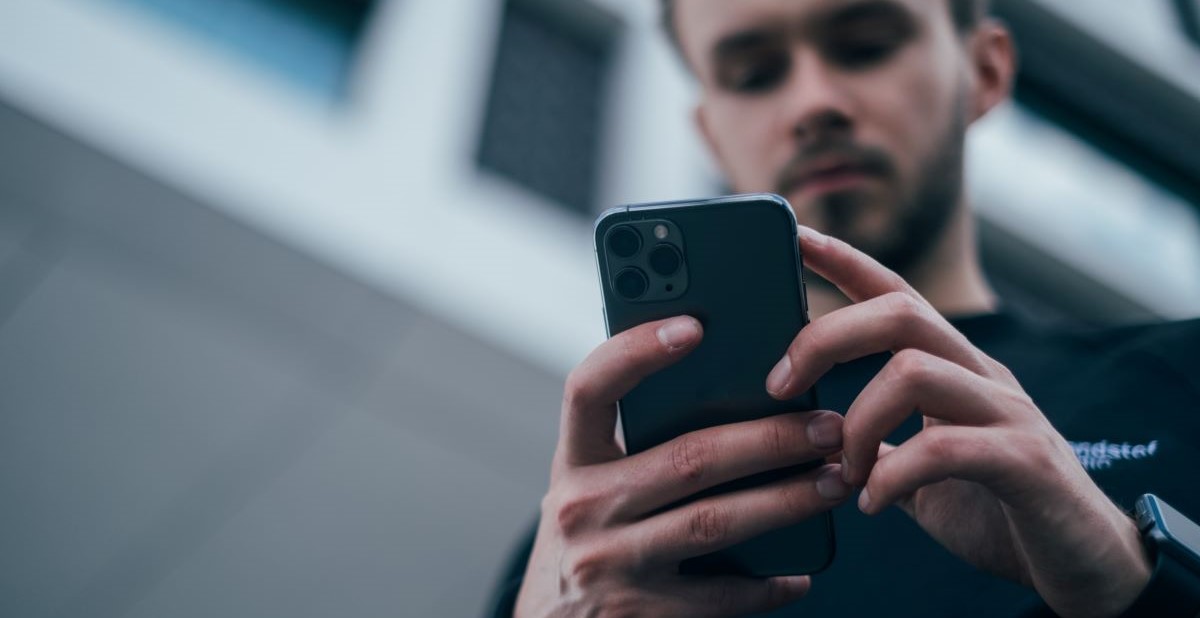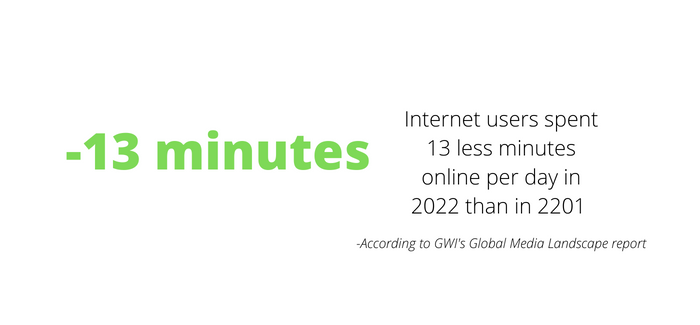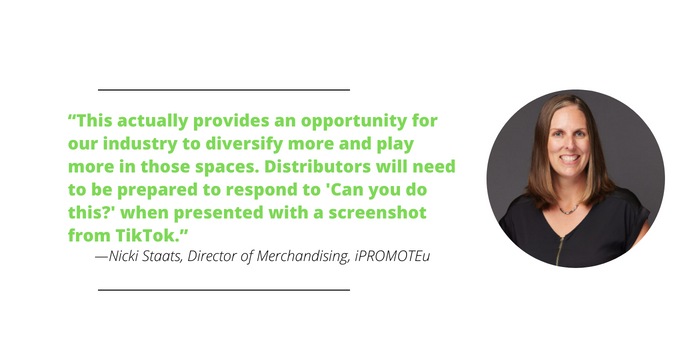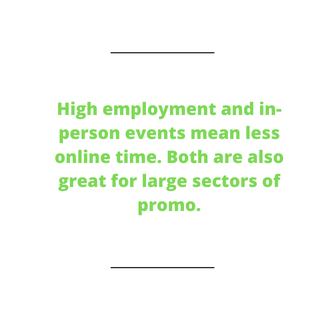Global Media Report Suggests Gen Z Has Hit “Internet Saturation Point”

Is Gen Z experiencing online burnout?
GWI’s Global Media Landscape report for 2022 suggests it’s a possibility. GWI’s yearly report keeps tabs on consumer habits through interviews with nearly a million internet users ages 16-64.
The report is meant to capture a snapshot of how people consume media and what that might say about the near future. PPAI Media asked leaders at iPROMOTEu and Koozie Group, two of the industry’s largest distributors and suppliers, respectively, to look at the report and comment on which findings the promo world should be keeping its eyes on.
Key Findings
The report covered a wide breadth of consumer habits applicable to different industries, but some of the overall findings reinforce the notion that society is not going back to the old ways of collecting information.
- Social media is how Gen Z finds products – primarily through TikTok and Instagram.
- Internet users spend an average of two hours and 28 minutes on social media.
TikTok is on track to make $10 billion through curated advertising campaigns meant to feel organic to users. The GWI reports states that “Since 2015, the number of people searching for products on social media has risen by 43%.”
- While the number of people on social media has grown, time spent online in 2022 has dropped for the first time since before the pandemic.
- The drop from six hours and 56 minutes in 2021 to six hours and 43 minutes in 2022 is the sharpest drop in the past 10 years.
- The number of Gen Z using the internet to find information dropped 9% in 2022.
- This leads the report to suggest that online time has hit a ceiling.

The Promo Perspective
The numbers are indisputable, but are the conclusions reasonable? Time will tell whether Gen Z has truly hit their internet ceiling. There are at least some factors to consider.
- Many more people are employed than in recent years.
Unemployment rates are drastically lower than they were in 2020 and 2021 and are, in fact, lower than they have been in decades. People, in general, are working and thus have a little less time to spend online. Nicki Staats, iPROMOTEu’s director of merchandising, also points out that the Gen Z’s life obligations shift a little more each year.
“I believe this mainly stems from Gen Z getting older,” Staats says. “They are working more, and their jobs may not involve a computer or device. They are beginning to care about their overall health and understand the value of less screen time.”
- Restrictions and warnings on in-person gatherings were mostly lifted for the majority of 2022 and into 2023.
The internet was an essential tool during early and middle stages of the pandemic for people to socialize, entertain themselves and generally cope with isolation.

High employment and in-person events are both great for large sectors of promo and help level the playing field for physical promotional products as opposed to digital marketing.
- As companies compete for employees, employee recognition and incentive promotions become a tool for retention.
- In-events like concerts, sporting events or parties—where attendees are engaged with their surroundings rather than spending time online—have long been fertile grounds for promotional products.
“I’m not surprised that Gen Z has hit an ‘internet saturation point,’ says Koozie Group’s Chief Revenue Officer, Melissa Ralston. “This group is in the prime of their social lives, and likely they are now spending more time hanging out with friends or going to in-person events in these post-pandemic times, which is great for the promotional products industry.”
Even if time spent on the internet is no longer on the way up, there’s no question that social media use and digital consumption through mobile phones are not going anywhere, which has big-picture implications for all industries, especially one such as promotional products that has been around for generations.
“This actually provides an opportunity for our industry to diversify more and play more in those spaces,” Staats says. “Distributors will need to be prepared to respond to ‘Can you do this?’ when presented with a screenshot from TikTok.”
- Gen Z wants to be able to buy things online.
- They are quickly made aware of a brand or company’s values and do not want to directly or indirectly support something that clashes with their own values.
“Despite cutting back on their online time, they have a mobile device in their hands at all times and, according to the study, spend an average of 2 hours 28 minutes a day on social media,” Ralston says. “Buying online is second nature to them, and they are discerning customers. They use social media not only to research products but also to make sure a brand aligns with their values.”

Ralston also points out that these are the habits of a generation that not only “has a lot of buying power” but is “the next generation of business leaders.” Online competency is how they expect to business as buyers, and the industry’s future will eventually depend on convincing them that promotional products can leverage that same level of fluency, seamlessness and online accountability.
“They want information on products delivered in an engaging way,” Ralston says. “And they want to work with and for companies that can clearly articulate their mission and take sustainability seriously.”
Staats says that, as a distributor, iPROMOTEu “has a pulse on this and other trends.” The company is focused on creating marketing tools that are less general and more trend and ideation driven.
- “Products for the Next Generation” was a section of iPROMOTEu’s 2022 Fall/Winter Trends presentation.
- The “Making a Mark” section of its 2023 presentation highlights the influence of younger generation.
Dig Deeper
A much deeper look at GWI’s 40-page Global Media Landscape report can be found here.
A further look at media consumption trends in 2022 is a valuable resource for marketing, sales and integration.

